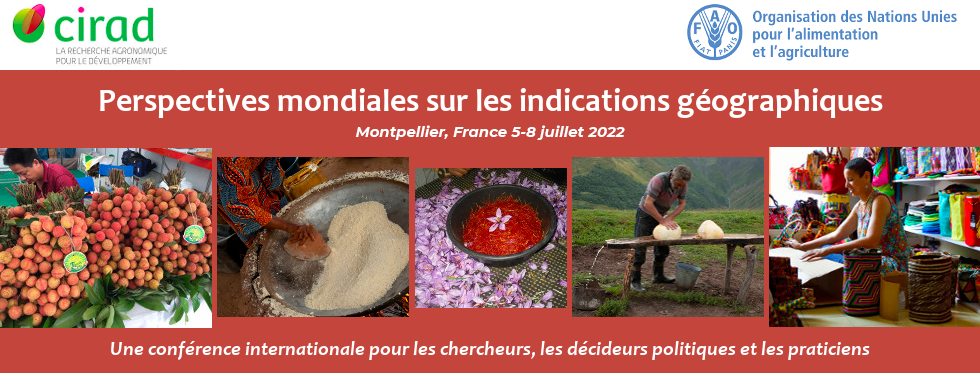There are enduring inequalities on distributing and appropriating value in agri-food chains, which are linked with organizational, economic and social complexities. Although it is possible to assume an interconnection among organizations on value creation, previous studies draw attention to the total value created in a supply chain which is usually appropriated by activities closer to retailing, such as global brand, distribution and marketing (Hamilton; Senauer & Petrovic, 2011; Hernandez & Pedersen, 2017). In cocoa-chocolate chain, producers of cocoa appropriate only 4% from all value added although they are vulnerable to climatic risks and socioeconomic disruptions (Abdulsamad et al., 2015). We discussed value creation and appropriation and resource-based view (RBV) theory as a conceptual overview to comprehend how do cocoa chain create and appropriate value from the perspective of regional resources. Besides, this paper aims to understand how the cocoa production, bound to regional resources, can be developed through the use of institutional mechanisms such as the Geographical Indications. GIs signalised high specification (quality and reputation) and value added interconnected to sustainability, strengthens communities and knowledge, and preserves the environment (Barney, 1991; Reypens et al., 2016; Carvalho, Paiva & Vieira, 2016; Bowman & Ambrosini, 2000). The method is a qualitative research carried out and organized as a single case study about the cocoa chain, located in the south of Bahia, Brazil. The data was obtained from 30 semi-structured interviews with different regional actors, as also from secondary data examined with content analysis and the assistance of Atlas TI (Eisenhardt, 1989; Denzin & Lincoln, 2011; Ketokivi & Choi, 2014; Yin, 2014). Our preliminary findings point out four categories for analysis, two categories are about the regional resources and sustainability, whether they were established or developed out of the discussion around the regional movement for reputation, quality and social upgrade. And two categories are from the value creation associated with innovative, relational and information value and value appropriation associated with activities and challengers for capturing value. It is possible to see how these categories are interlinked with case study implications in Figure 1. Results show the GI signal has strengthened sustainable pillars (environmental, socially and economic) which represent unique and inimitable resources. These regional resources may be linked with value creation and appropriation dynamics, in which the structures of relations among local actors influence organizational, cultural, intangible and geographical aspects. This research remarks that the low collective activity may hinder advances on dissemination of knowledge and techniques which add value, showing the influence of relational value dynamics to these regions' development (Barney, 1991Anand & Khanna, 2000; Swaminathan & Moorman, 2009). The theoretical-empirical findings indicated this region has developed an important narrative about sustainability and culture in this alternative market for sensory cocoa. However, this market is still unfeasible for small producers with low rate of collective activities, which reduces the chances of impacting the most vulnerable actors on this agri-food chain inserted in this region (one of the biggest geographical scope), which can be overcome through cooperative organizations and spaces for transformative discussions.

Actes de la Conférence > Contributions par auteur > Carvalho Icaro
Empirical implications on creating and appropriating value in Brazil's cocoa chain with Geographical Indication
| Personnes connectées : 2 | Vie privée |

|

